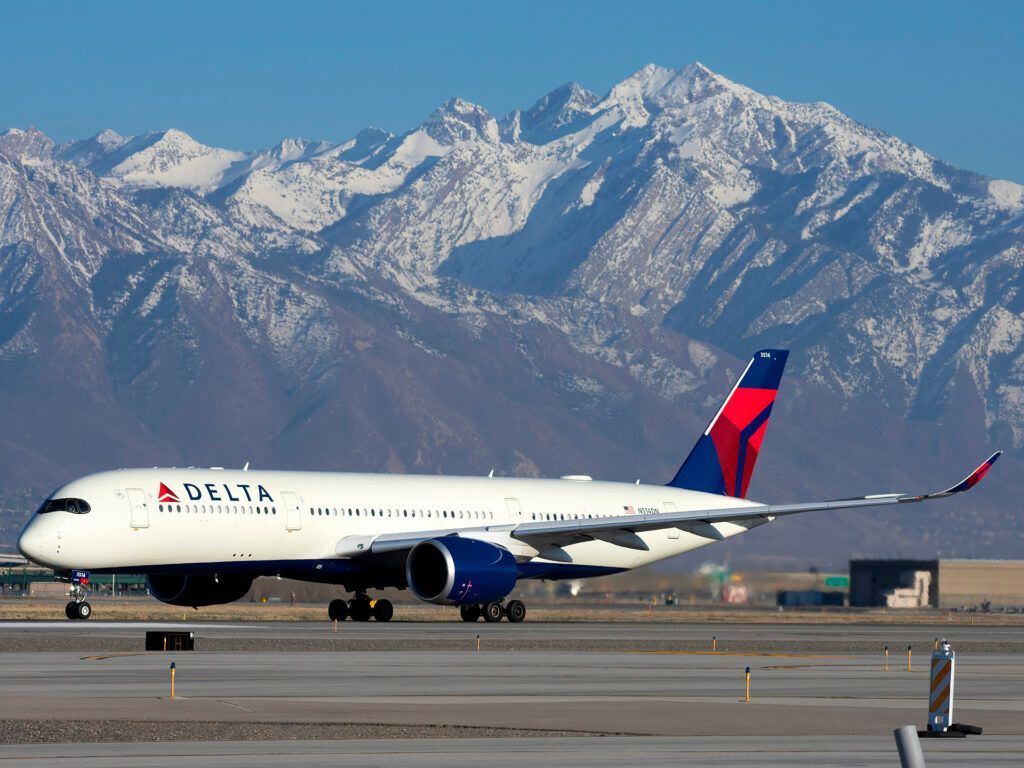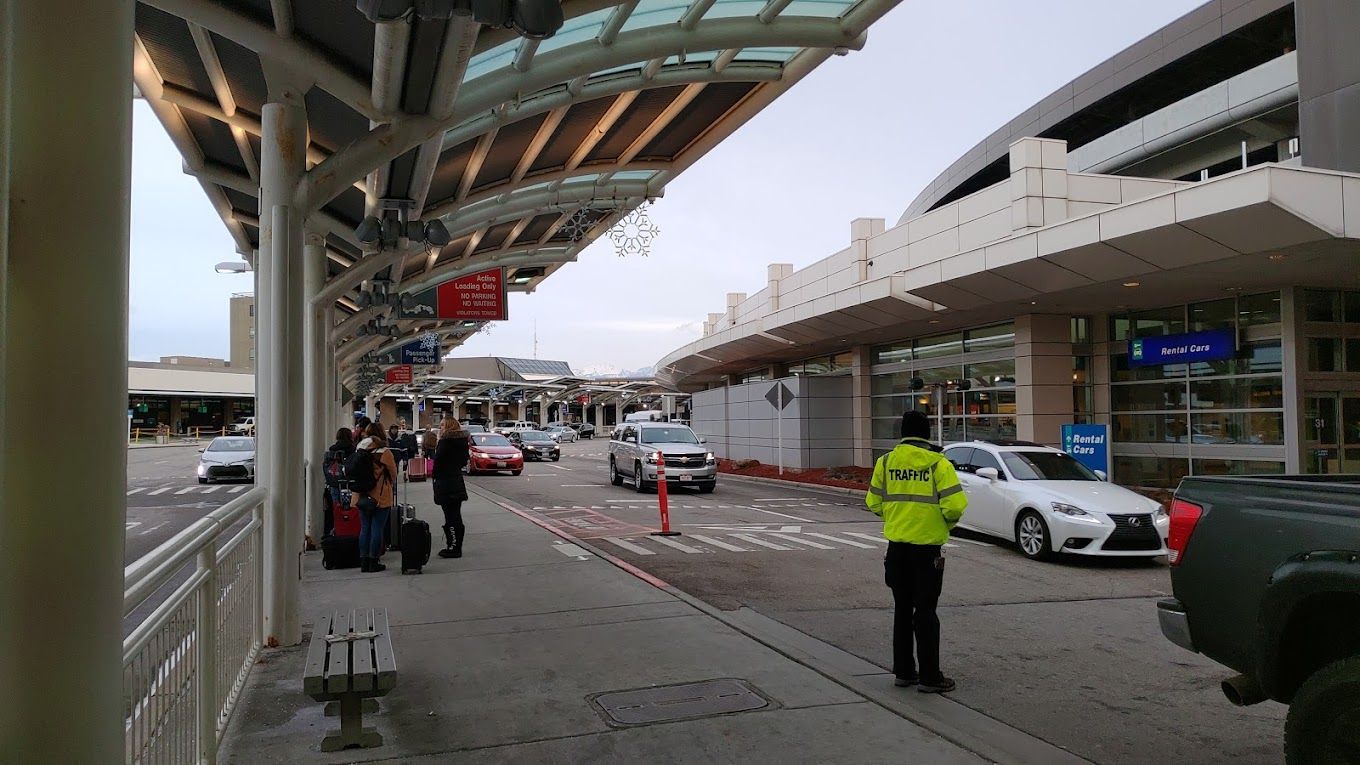Airline Terms Every Traveler Should Know to Plan Ground Transportation Like a Pro
Airline Terms to Know for Planning Ground Transportation Easily

Whether for business or leisure, travel should be a seamless and enjoyable experience. One of the best ways to ensure this is by understanding standard airline terms, especially when planning how you'll get to and from the airport. These terms can save you time, reduce stress, and help you make informed decisions about ground transportation.
Whether you’re a seasoned business traveler, a frequent flyer, or heading to the airport for the first time, knowing these terms will help you organize everything from selecting a pickup spot to estimating your timing. Curious about where to start? We've got you covered.
Common Airline Terms Explained
Gate vs. Terminal
Many travelers use "gate" and "terminal" interchangeably but have very different meanings.
Terminal: A large building at the airport where passenger's check-in, go through security, and access multiple gates. Airports often have several terminals (e.g., Terminals A, B, C).
Gate: The specific area where you board your flight. Gates are located inside terminals and are typically numbered (e.g., Gate 16).
Why it matters for ground transportation:
Knowing your terminal beforehand ensures you car service or shuttle service drops you off at the correct location, saving you the hassle of navigating the wrong terminal.
Boarding Pass vs. Ticket
Ticket: The purchase confirmation shows that you've paid for your flight.
Boarding Pass: A document (digital or printed) that allows you entry to your flight. It includes the gate number, boarding time, and seat assignment.
Pro Tip: Ensure you have the boarding pass ready (digital or printed) before arriving at the airport, and check for any updated gate information that may impact where you're heading.
Direct vs. Nonstop Flights
Nonstop Flight: A flight that gets you from origin to your destination without any stops.
Direct Flight: A flight that takes you to your destination but may have one or more stops along the way (without switching planes).
Why it matters for timing pickups:
Due to the stops, a direct flight might arrive later than expected, whereas nonstops are more reliable in predicting the arrival time for ground transportation.
Layover vs. Stopover
Layover: A short stop (typically less than 24 hours) between connecting flights. Layovers are typical for domestic flights.
Stopover: A longer stop, often exceeding 24 hours, commonly used on international travel.
Make the most of your layover: Choose shuttles or services that offer flexible pickup times during extended waits, particularly during stopovers.
Checked vs. Carry-On Baggage
Checked Baggage: Larger luggage is stored in the plane's cargo hold. After landing, you’ll collect these items at baggage claim.
Carry-On Baggage: Smaller bags that fit in the overhead compartments or under the seat in front of you.
Pro Tip for shuttles and car services: If you have checked baggage, consider additional time for baggage claim when estimating your pickup schedule. You can also save on bag fees by linking airline-branded credit cards to your frequent flyer account. Track your bags
Red-Eye Flights
A red-eye flight departs late at night and arrives early in the morning. These flights are popular among business travelers who want to maximize working hours during the day.
Why this matters: Not all transportation options operate during off-hours, so confirm availability if you're arriving on an early morning redeye.
Ground Stop
A ground stop happens when flights are temporarily delayed from departing or arriving, often due to air traffic, weather, or safety concerns.
Tip for travelers: If you’re notified of a ground stop, communicate updates to your scheduled ground transport service to avoid extra charges or missed rides. To find out if there is a ground stop at the airport you are flying to or from, check the National Air Space System Status.
Oversold Flights
When an airline sells more tickets than available seats on a flight based on the aircraft's weight restrictions, the flight is oversold. However, please remember that this does not mean the airline sold more seats than the aircraft. Oversold flights often occur when the aircraft is overweight due to the weather or being downgraded to a smaller aircraft due to maintenance. If not enough volunteers step forward, passengers are sometimes bumped to a later flight.
Tip: If placed on a later flight, notify your driver or ride service immediately to adjust your scheduled pickup.
Payload Optimized
This term refers to airlines prioritizing the weight of passengers, luggage, and cargo to ensure efficient fuel consumption.
Why it matters: Delays from rebalancing payloads can impact your arrival timings, so prep ground transport with some flexibility.
Boarding Time vs. Departure Time
Boarding Time passengers are allowed to start entering the plane. It’s typically 30–45 minutes before departure time.
Departure Time: The time the plane is scheduled to leave the gate. Note the boarding door will typically close 13 to 5 minutes prior to departure. If you are on a connecting flight, ask your flight attendant if they will be holding your flight.
Pro Tip: Use the departure time to estimate how early you should reach the airport for check-in and security. The golden rule is to arrive at least 2 hours before departure for domestic flights and 3 hours for international flights.
How Knowing These Terms Can Improve Ground Transportation Planning
Selecting the Right Airport Pickup/Drop-Off Location
Different terminals and airlines operate in specific zones within an airport. Knowing details like your terminal or gate can help you:
Communicate the correct drop-off point with your driver to save time navigating the terminal.
To avoid confusion, specify your pickup zone when booking a taxi, shuttle, or rideshare.
Estimating Arrival Time for Pickups
Understanding terms like layovers, direct flights, and baggage claims will allow you to estimate better when to schedule your ground transportation pickup. Plan for 15–30 minutes after arrival, especially if you need to collect checked baggage.
Understanding Baggage Policies for Shuttle Services
If traveling with checked baggage, ensure your shuttle or ground transport service accommodates luggage space. Use carry-on baggage for quicker exits and avoid extra oversized luggage fees.
Tips for First-Time Travelers to Enhance Their Airport Experience
Check-In and Security Tips
- Check in online 24 hours before your flight to save time.
- Arrive early to account for unexpected long lines at security.
Suggestions for Comfortable Layovers
Research airport amenities like lounges, charging stations, and nearby hotels in case of longer layovers.
Pack snacks and entertainment in your carry-on bag for added comfort.
Advice on Navigating Airports Efficiently
- Follow airport signage carefully to avoid losing time in the wrong terminal or gate areas.
- Download your airline’s app for real-time updates on your flight status, gate changes, or delays.
Travel Seamlessly with Confidence
Efficient travel planning starts with understanding the terms, timelines, and processes that make airport logistics work like clockwork. From selecting the right terminal for drop-off to estimating the perfect pickup time after a red-eye flight, knowing these airline terms gives you the confidence to take control of your ground transportation.
Whether you’re traveling for work, leisure, or with family, begin your next travel adventure armed with this knowledge. Need reliable transportation to or from the airport? Choose [Your Brand Name] for a professional, punctual, and comfortable experience every time. Book your perfect ride today!
Meta Data
Meta Title
Airline Terms to Know for Planning Ground Transportation Easily
Meta Description
Plan your airport pickups like a pro! Learn essential airline terms like terminal, boarding pass, and layover to simplify ground transportation.
Make the most of your layover: Choose shuttles or services that offer flexible pickup times during extended waits, particularly during stopovers. Know your rights














